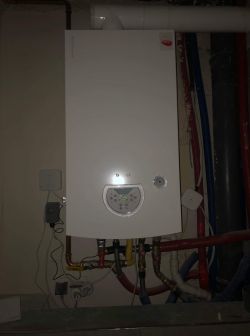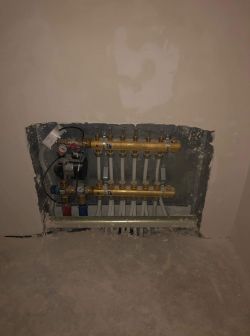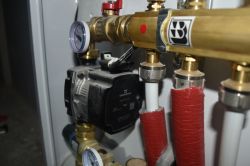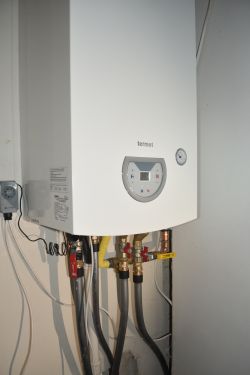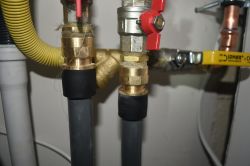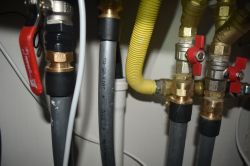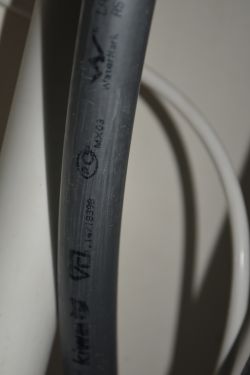tobiaszu wrote: All of the above, in my opinion, supports minimizing the radiator temperature in order to maximize comfort.
In general, I also agree with you that lower temperature means better comfort.
But it should also be noted that panel radiators heat by radiation and convection.
For convection to work effectively, there must be an appropriate temperature difference, so we cannot lower the boiler water temperature indefinitely, because the heating effect of the radiator will be negligible, and the available minimum power of the boilers is quite high, because the lowest power known to me is 1.9kW for boiler water 50 /30, so ultimately the radiator will have too small a surface to work sensibly with our boiler.
In the case of radiators, I would assume that 35 degrees makes sense, possibly 30, but lower temperatures for radiators do not make sense to me.
In my case, after turning on the burner, the boiler raised the water temperature from 23 to 34 degrees within 30 seconds, only after a while the temperature started to drop a little, so it took about 4 minutes to reach 35 degrees. During this time, the water flows to the furthest radiator for about 2 minutes, so there are another 2 minutes left for the water to flow through the radiator, so the radiator will not even have time to heat up properly, because it is type 22, 60 cm high and 2 m long, and the boiler must already be warmed up. turn off.
Yes, my boiler has a minimum power of approx. 9.5 kW, and Termet has a minimum power of 3.0 kW according to the instructions, i.e. 3x less, so in theory the burner could work 3x longer, i.e. 12 minutes before the boiler water reaches 35 degrees, so the radiator would have time to better heating, so its effectiveness would be better than during the current 4 minutes.
Lower boiler water temperatures would mean shorter heating time, so a worse effect of thermal comfort, at least in my case, when I have an uninsulated building and some rooms cool down relatively quickly compared to an insulated building.



